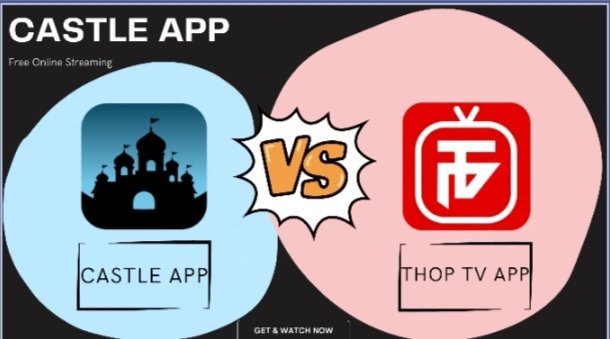UPC codes, or Universal Product Codes, are a vital part of retail and inventory management, helping businesses track, sell, and identify products. In this article, we’ll explore the significance of the UPC 810043986496, its potential product associations, how UPCs work in the global market, and the broader role they play in the retail industry.
What Is a UPC?
A UPC is a 12-digit numeric code assigned to retail products, allowing them to be easily scanned at checkout counters, facilitating pricing, and tracking inventory. Every UPC is unique to a specific product, functioning as an identifier for businesses and consumers alike. The number 810043986496 fits within the standard UPC format, with each segment holding distinct meaning.
How the UPC System Works?
The 12-digit UPC is divided into several parts:
First six digits: Manufacturer identifier.
Next five digits: Product code.
Final digit: Check digit (used to verify the accuracy of the UPC).
Each company that sells products must register with the GS1 (Global Standards One), the organization responsible for issuing UPCs globally. This ensures that no two products carry the same UPC, providing businesses with confidence that they’re using a system recognized worldwide.
Decoding UPC 810043986496
To better understand 810043986496, let’s break it down:
Manufacturer Code (810043): The first six digits of the code are assigned to the manufacturer. This number tells retailers and wholesalers who made the product.
Product Code (98649): The following five digits represent the specific item the manufacturer is selling. It is unique to the particular product variation (e.g., size, color, or flavor) within the manufacturer’s offerings.
Check Digit (6): The final digit ensures the number is correct during scanning. It is calculated using an algorithm based on the first 11 digits of the code.
When researching this UPC, it may be linked to products like gadgets, household items, or electronics, but more information would need to be cross-referenced through databases like GS1 or various retail platforms to pinpoint the exact product tied to this code.
Uses of UPC 810043986496 in Retail
Inventory Tracking: Retailers use UPCs like 810043986496 to manage their stock efficiently. Each time a product is scanned at checkout, it updates the inventory count, ensuring the business knows how many items are left in stock and when reorders are needed.
Point of Sale (POS): At the checkout counter, UPCs are used to quickly identify the product and its price. This streamlines the purchasing process and eliminates human error that can occur with manual pricing.
Product Searchability: Consumers can use UPCs to find products online or compare prices across retailers. Platforms like Amazon, eBay, and Google Shopping allow shoppers to input UPCs to locate the exact product they are searching for.
The Broader Role of UPCs in the Market
Beyond just a barcode, the UPC is a key element in global trade. Whether it’s 810043986496 or any other code, UPCs bring numerous benefits to businesses and consumers alike:
Global Standardization: UPCs ensure that products are universally recognized across different regions and countries. This global standardization helps facilitate international trade by making it easier for products to move across borders with consistent identification.
Efficiency in Logistics: With UPCs, the entire supply chain—from manufacturer to distributor to retailer—can track products easily, reducing errors, improving delivery times, and lowering operational costs.
Consumer Transparency: For consumers, UPCs provide a direct link to a product’s origin, specifications, and price. Shoppers can use apps to scan UPCs and access detailed information, from product reviews to pricing comparisons.
Loss Prevention: In addition to helping track sales, UPCs assist with loss prevention by making it harder for counterfeit products to enter the market and allowing retailers to monitor shrinkage (loss from theft or damage).
The Future of UPCs
While 810043986496 is just one example of millions of UPCs in circulation, the system behind it is evolving. Retail technology is shifting towards more advanced systems like QR codes and RFID tags (Radio-Frequency Identification). These newer technologies offer even greater data storage and tracking capabilities.
However, despite advancements, UPCs remain essential to retail operations. Their simplicity, low cost, and widespread adoption make them a critical part of the retail infrastructure. As businesses continue to expand into global markets, the demand for standardized product identification systems like UPCs will remain strong.
Conclusion
The UPC 810043986496 represents much more than just a sequence of numbers. It’s a part of a vast system that powers the retail industry, ensuring products are tracked, sold, and delivered to customers efficiently. Whether you’re a business owner managing your stock or a consumer comparing prices online, the UPC system plays a crucial role in modern commerce.
Understanding how UPCs work, and what information they convey, can help both businesses and consumers navigate the complex world of retail more effectively. Whether it’s 810043986496 or any other UPC, the ability to identify, track, and verify products remains a cornerstone of the global economy.




